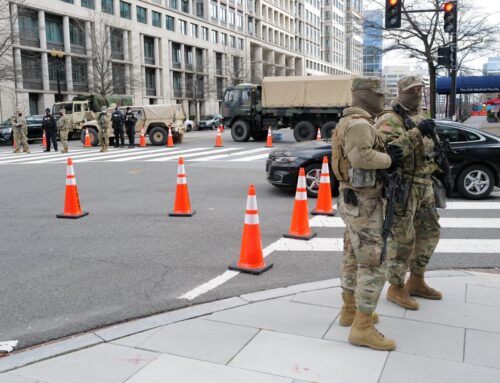The Fiscal Year 2015 National Defense Authorization Act established the National Commission on the Future of the Army. The commissioners are all experts on Army and Department of Defense issues with deep, hands-on experience. Most are retired Army generals, one former Sergeant Major of the Army, a former DoD Comptroller and a former senior official from the Pentagon’s Policy section.
The report came out last week. As you might expect, many of the recommendations of the Commission get into the nitty-gritty of things like how many Brigade Combat Teams the Army should have, where they should be stationed, etc. They also take positions on issues that have become political footballs of late between the Administration and the Congress, such as whether certain helicopter battalion types should reside in the active duty Army or the Army National Guard.
But there is a slim chapter dedicated to fiscal issues which caught our interest here at Taxpayers for Common Sense. Unfortunately, the commissioners spend most of it warning of the dire consequences of the return of sequestration (which we note will only happen if Congress and the Administration decided to spend more than they agreed to in law), but they do have a short list of specific recommendations:
“Additional funds may be made available to meet Army warfighting needs if DoD can implement efficiency initiatives and eliminate redundancy in its operations. Various entities have proposed initiatives to free up funding for warfighting needs. Following are some examples:
- “The Administration’s proposal to slow growth in the cost of military compensation, as long as recruiting and retention needs are met;
- “Proposals by DoD and by the Commission on Military Compensation and Retirement Modernization to reform the military health care system;
- DoD’s proposal to streamline military medical treatment facilities;
- “DoD’s proposed legislation that would permit the department to close unneeded facilities (DoD is currently updating its capacity analysis to determine the level of facilities, including Army facilities, that are unneeded);
- “Army proposals to pursue energy consumption efficiency initiatives;
- “This Commission’s proposal for a pilot program to test the feasibility of integrating recruiting across the Regular Army, Army National Guard, and Army Reserve (see page 71). While designed primarily to better integrate the Total Force, integrated recruiting might free up resources.”
And while these are fairly dry, comptroller-y suggestions, they are things we hope the relevant Committees on Capitol Hill, who after all established this commission, will consider when drafting the Fiscal Year 2017 Pentagon policy bills.
These suggestions are coming from retired officers and long time DoD civil servants who cannot be accused of not having the best interests of the Army at heart. How many organizations have to recommend another round of base closure before Congress takes the idea seriously? We’ll be watching to see if any of these sound recommendations make it into legislation.










